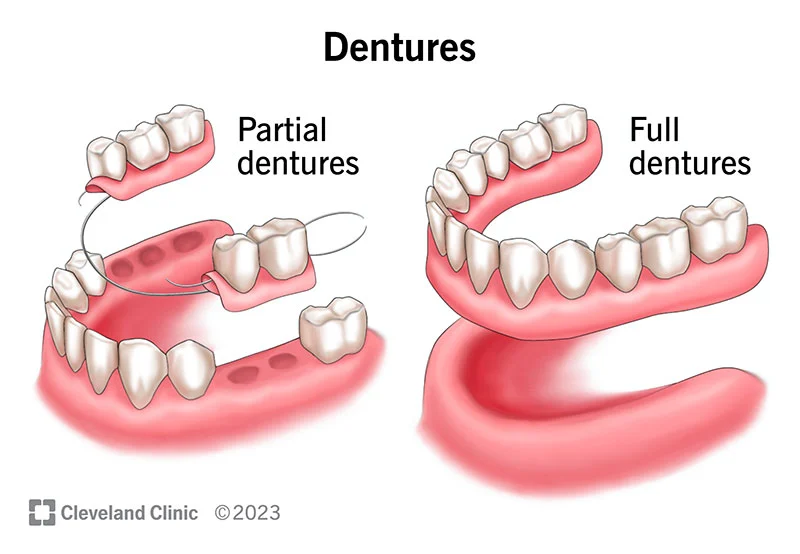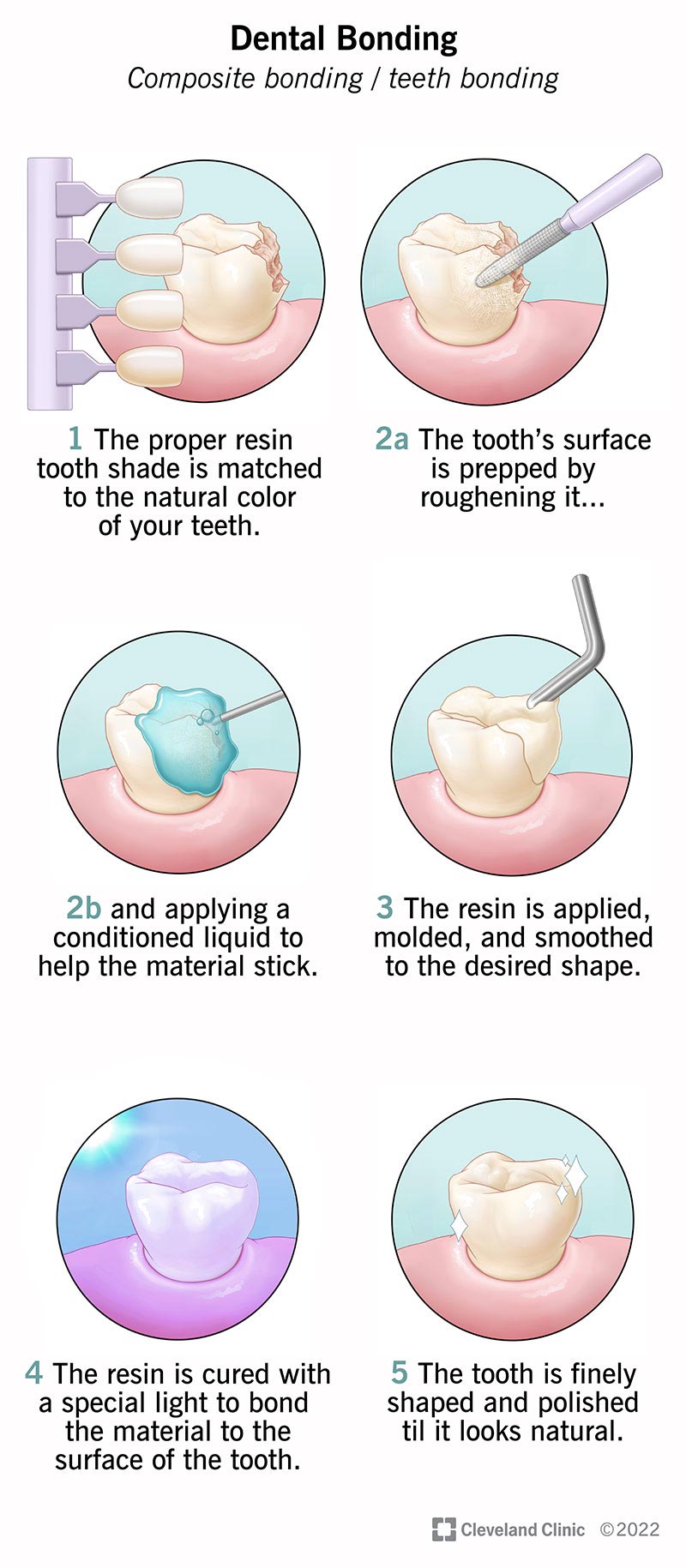
If you’ve ever wondered how to achieve that perfect smile, then you’re in luck! In this article, we’re going to delve into the world of dental bonding and uncover the secrets to achieving a flawless set of pearly whites. Dental bonding is a popular cosmetic dentistry procedure that can help fix a variety of dental issues, from chipped or cracked teeth to discoloration and gaps. So, if you’re ready to transform your smile and boost your confidence, keep reading to discover the ins and outs of how to do dental bonding.
Picture this: you’re at a social event, surrounded by people with radiant smiles that seem to light up the room. You can’t help but feel a twinge of envy as you hide your teeth behind closed lips. But fear not, my friend, because dental bonding is here to save the day! This simple yet effective procedure involves applying a tooth-colored resin material to your teeth and then shaping and polishing it to perfection. The result? A seamless smile that will leave everyone wondering how you managed to achieve such dental perfection. So, grab a cup of coffee and get ready to learn all about the art of dental bonding and how it can transform your smile from ordinary to extraordinary.
- Clean and prepare the tooth surface.
- Apply an adhesive and a tooth-colored resin to the tooth.
- Shape and mold the resin to match the natural tooth shape.
- Harden the resin with a special light.
- Buff and polish the bonded tooth for a smooth finish.
Dental bonding is a quick and affordable way to enhance your smile. Consult your dentist for personalized guidance and treatment options.
How to Do Dental Bonding?
Dental bonding is a popular cosmetic dentistry procedure that can help improve the appearance of your teeth. It involves the application of a tooth-colored resin material to the surface of your teeth, which is then shaped and polished to match the rest of your smile. Dental bonding can be used to fix a variety of dental issues, including chipped teeth, gaps between teeth, and tooth discoloration. In this article, we will discuss the steps involved in dental bonding and what you can expect during the procedure.
Step 1: Preparation
Examination and Consultation
- Dentist assesses suitability of dental bonding.
- Discussion of the patient’s expectations and goals.
Tooth Preparation
- Dentists lightly etches the tooth surface for better bonding.
- Application of conditioning liquid to enhance bonding material adherence.
Step 2: Application of the Bonding Material
Color Selection
- Dentists use a shade guide to select resin colors that match natural teeth.
- Application and shaping of tooth-colored resin material for desired results
Artistic Sculpting
- Dentists utilize artistic skills to mold and sculpt bonding materials.
- Consider tooth shape and size for a harmonious smile.
Step 3: Bonding and Curing
Resin Hardening
- The dentist uses a special light to cure and harden the resin.
- Chemical activation for secure bonding to teeth.
Final Adjustments
- Dentist makes adjustments for comfort and natural appearance.
- Trimming and polishing of bonding material for desired shape and texture.
Benefits of Dental Bonding
- Affordability compared to veneers or crowns.
- A quick and painless procedure completed in one visit.
- Conservative treatment that preserves natural tooth structure.
vs. Veneers and Crowns
- Dental bonding is suitable for milder issues; veneers and crowns are suitable for severe damage.
- Veneers transform smiles with thin porcelain shells.
- Crowns cover and protect severely damaged or decayed teeth.
Tips for Maintaining Dental Bonding
- Practice good oral hygiene (brushing, flossing, regular check-ups).
- Avoid biting hard objects to prevent damage.
- Limit consumption of staining foods and beverages.
- Ensure long-lasting results by following these maintenance tips.
In Summary
Dental bonding is a versatile and effective cosmetic dentistry procedure that can help improve the appearance of your smile. It involves the application of a tooth-colored resin material to your teeth, which is then shaped and polished to achieve natural-looking results. Dental bonding is a conservative and affordable treatment option that can address various dental issues, such as chipped teeth, gaps, and discoloration.
While dental bonding is a suitable option for many patients, it may not be appropriate for more severe dental problems. In these cases, veneers or crowns may be more suitable. It is important to consult with your dentist to determine the best treatment option for your specific needs.
Remember to maintain good oral hygiene practices and avoid habits that can damage the bonding material to ensure the longevity of your dental bonding. By taking proper care of your bonded teeth, you can enjoy a beautiful and confident smile for years to come.
Key Takeaways: How to Do Dental Bonding?
- Dental bonding is a procedure used to repair chipped, cracked, or discolored teeth.
- The process involves applying a tooth-colored resin to the affected tooth and then shaping and polishing it to match the surrounding teeth.
- Dental bonding is a relatively quick and painless procedure that can usually be completed in one visit to the dentist.
- It is a cost-effective option for improving the appearance of your smile without the need for more extensive dental work.
- However, dental bonding is not as durable as other dental restorations and may need to be replaced over time.
Frequently Asked Questions
What is dental bonding?
Dental bonding is a cosmetic dental procedure that involves applying a tooth-colored resin material to the teeth to improve their appearance. It is commonly used to fix chipped, cracked, or discolored teeth, as well as to close gaps between teeth. The resin material is carefully shaped and bonded to the tooth using a special light, resulting in a natural-looking and durable restoration.
Dental bonding is a quick and non-invasive procedure that can usually be completed in one visit to the dentist. It is a cost-effective option for improving the appearance of your teeth without the need for more extensive treatments like veneers or crowns.
How is dental bonding done?
The dental bonding process starts with the dentist preparing the tooth by roughening its surface and applying a conditioning liquid. This helps the bonding material adhere properly to the tooth. Next, the dentist applies the tooth-colored resin material to the tooth and carefully shapes it to achieve the desired result.
Once the bonding material is in place, a special light is used to harden it and bond it to the tooth. After the bonding material has hardened, the dentist will further shape and polish it to ensure a seamless blend with the surrounding teeth. The entire process typically takes about 30 to 60 minutes per tooth.
Is dental bonding painful?
No, dental bonding is generally not painful. The procedure is usually performed without the need for anesthesia, as it is minimally invasive and does not involve any drilling or removal of tooth structure. However, if you have tooth sensitivity or if the bonding is being done to repair a decayed tooth, your dentist may use anesthesia to ensure your comfort during the procedure.
After the bonding is complete, you may experience some minor sensitivity or discomfort, but this should subside within a few days. If you experience persistent pain or discomfort, it is important to contact your dentist for further evaluation.
How long does dental bonding last?
The lifespan of dental bonding can vary depending on various factors such as oral hygiene habits, bite forces, and lifestyle habits. On average, dental bonding can last between 5 to 10 years. However, with proper care and regular dental check-ups, it is possible for the bonding to last even longer.
To ensure the longevity of dental bonding, it is important to maintain good oral hygiene practices, such as brushing twice a day, flossing daily, and visiting your dentist for regular cleanings and check-ups. Avoid biting on hard objects or using your teeth as tools, as this can potentially damage the bonding material.
Can dental bonding be repaired or modified?
Yes, dental bonding can be repaired or modified if necessary. If the bonding becomes chipped, stained, or damaged, your dentist can usually make the necessary repairs or improvements without having to remove the entire bonding. The damaged area can be smoothed out, reshaped, or an additional layer of bonding material can be applied to restore the appearance and function of the tooth.
If you are unhappy with the color or shape of your bonded teeth, your dentist can also make modifications to achieve the desired result. However, it is important to communicate your concerns and expectations with your dentist so that they can provide you with the best possible outcome.
Dental Bonding Video | Tooth Bonding
Final Summary: A Smile That’s Worth Bonding Over
Dental bonding is a transformative and cost-effective cosmetic dental procedure that addresses various issues, such as chipped teeth, discoloration, gaps, and uneven surfaces. Using tooth-colored resin, dentists sculpt and shape the material to seamlessly match the natural contours of your teeth, resulting in a natural-looking smile. This relatively painless procedure is completed in a single visit, making it an accessible solution for those seeking quick smile enhancements. Whether fixing minor imperfections or aiming for an overall smile makeover, dental bonding is gaining popularity for its effectiveness. Schedule a consultation with your dentist to explore the possibilities of achieving the smile you’ve always wanted through dental bonding, a procedure that radiates confidence and happiness.
Call or Book appointment online
:Ace Dental Care Alpharetta office: 678-562-1555 - Book Now
Ace Dental Care Norcross office: 770-806-1255 - Book Now
Disclaimer
This blog post was generated by artificial intelligence. The content of this post may not be accurate or complete, and should not be relied upon as a substitute for professional advice. If you have any questions about the content of this post, please contact us.
We are constantly working to improve the accuracy and quality of our AI-generated content. However, there may still be errors or inaccuracies. We apologize for any inconvenience this may cause.






